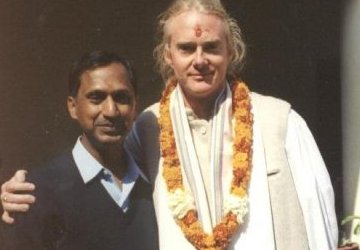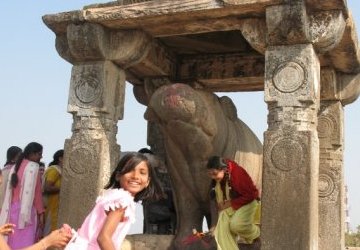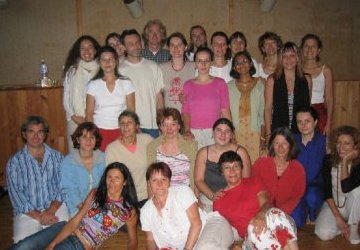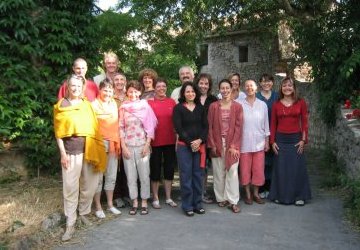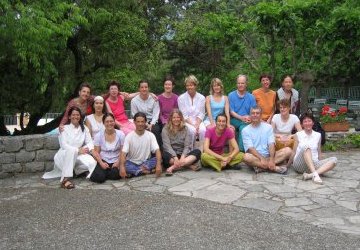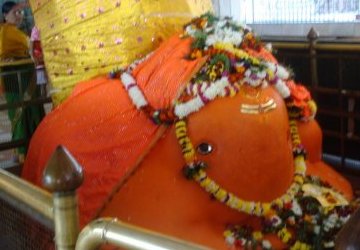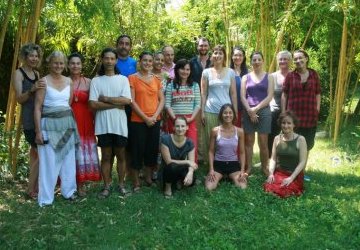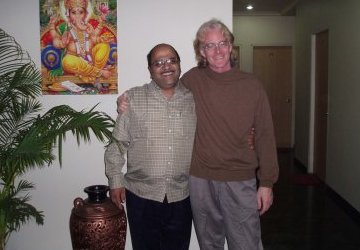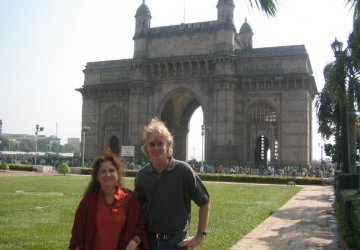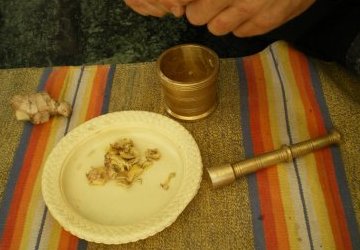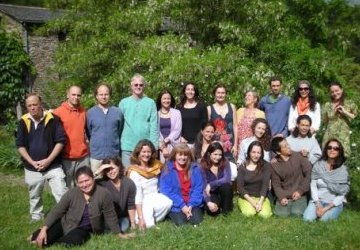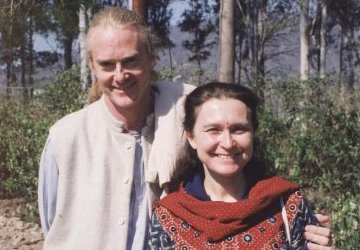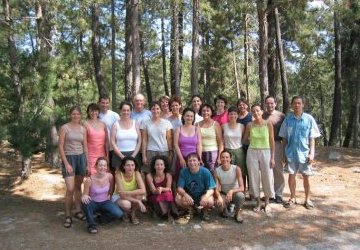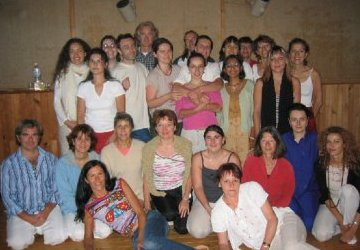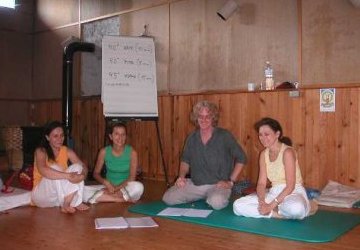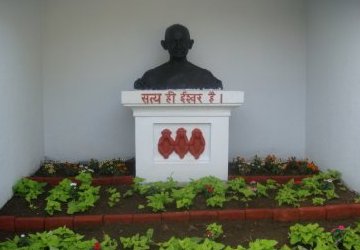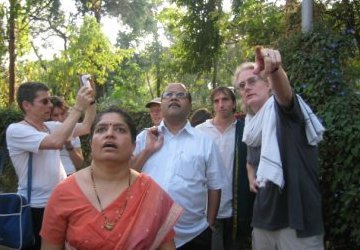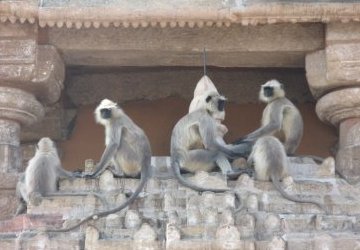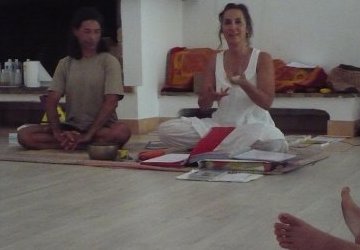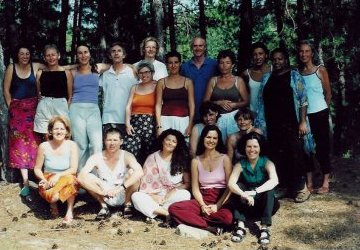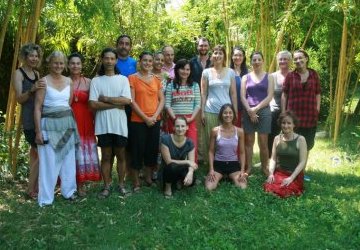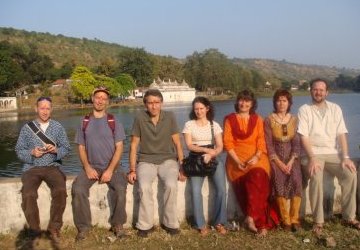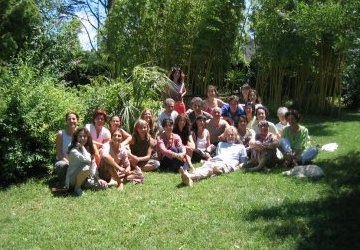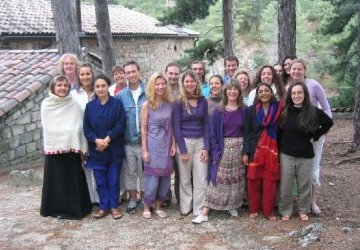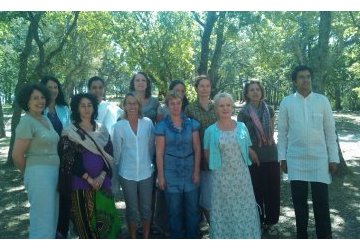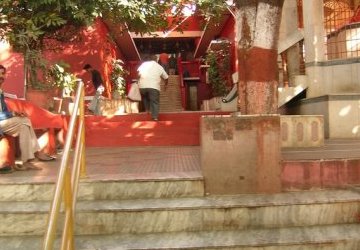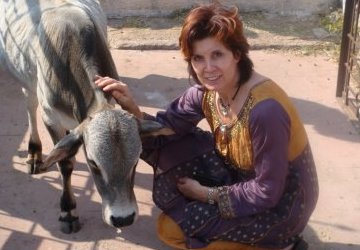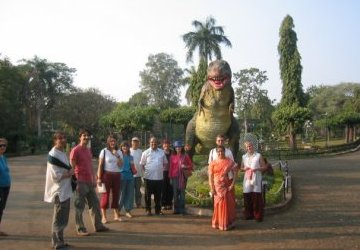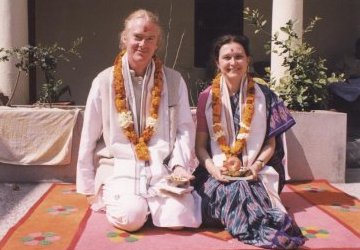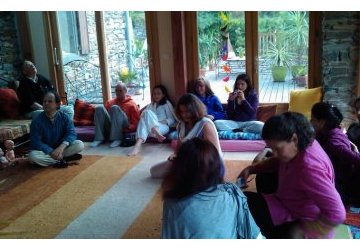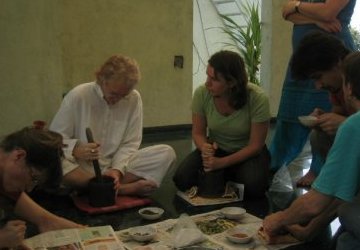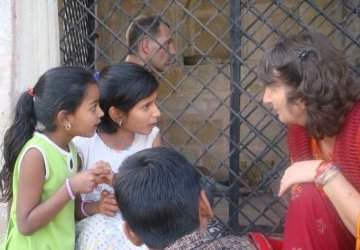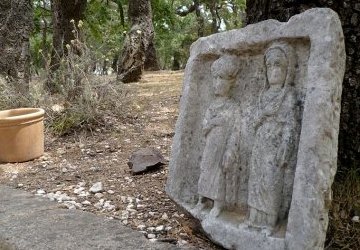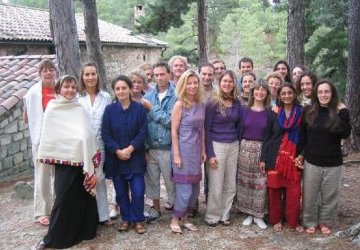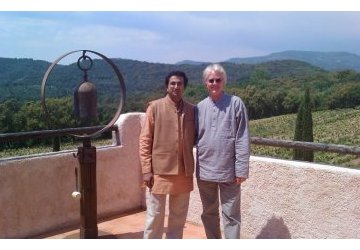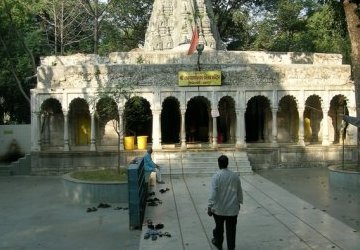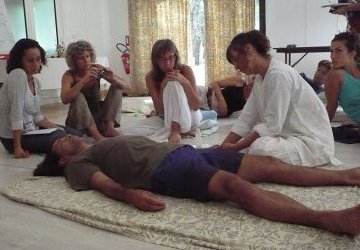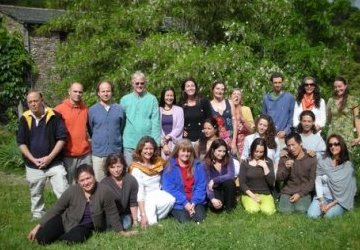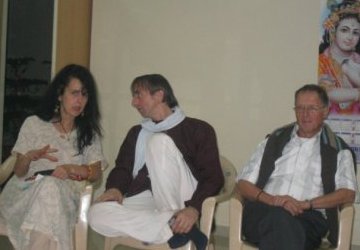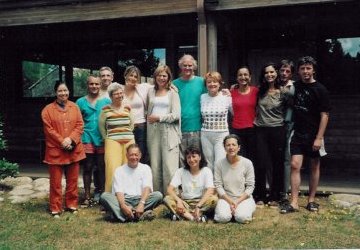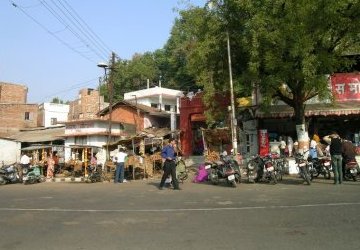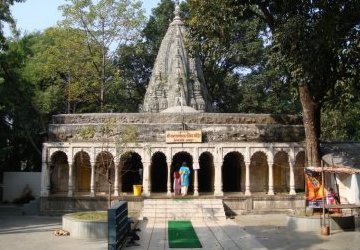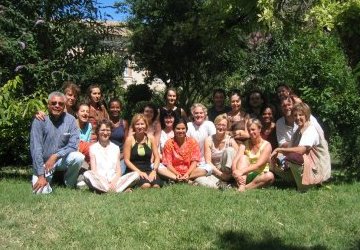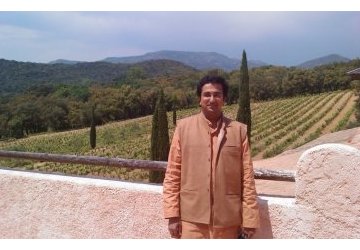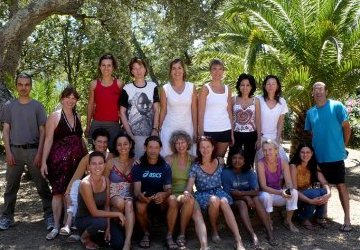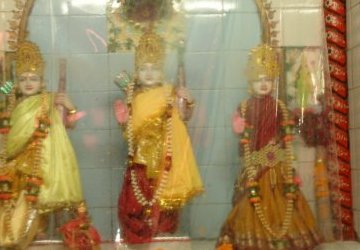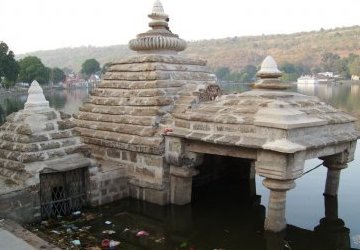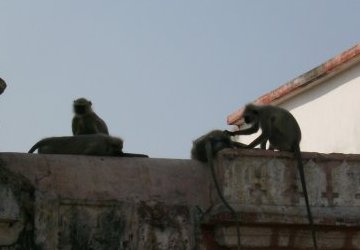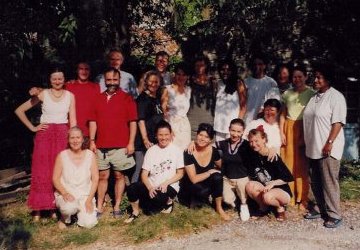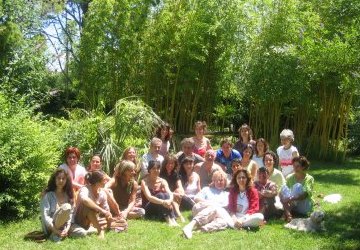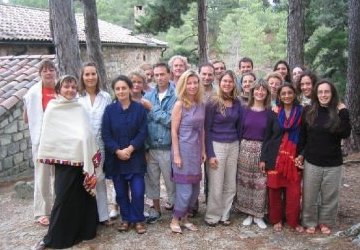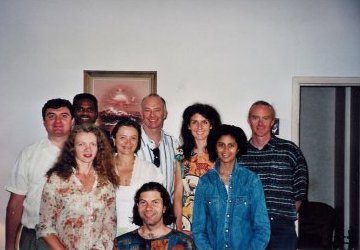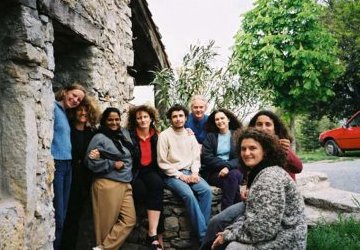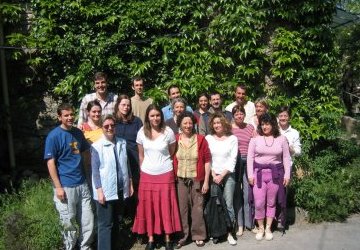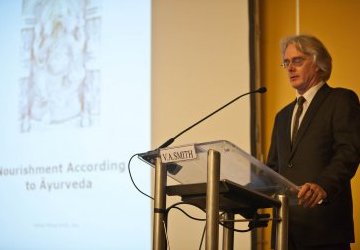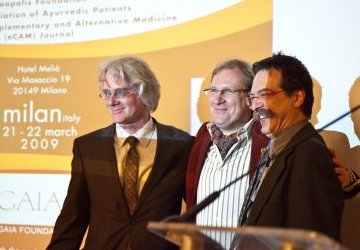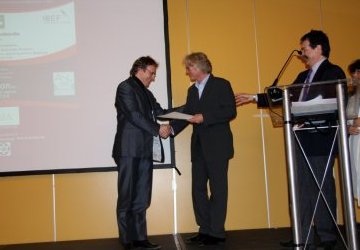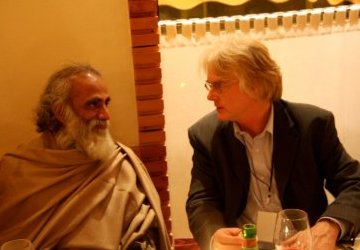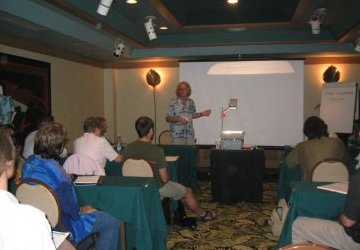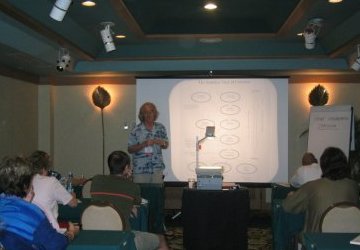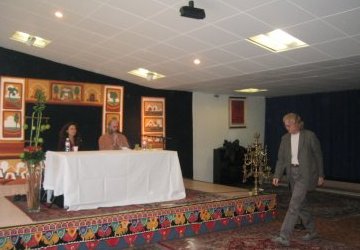Dosha definitions and discussion
Dear Atreya,
i’ve been reading your books, and trying to get a better grasp of the concept of Doshas. You give a good example of them being "managers" of the whole body system. This thus suggests them being sort of a process. In the website you mentioned Dr. Rama Jayasundar, i read her articles and she explains Doshas from a "functional" perspective of movement. transformation, and stability.
Further in the Pathology volume a disease is explained as Doshas being mixed with Ama and Mala.
Then, if there is a mixture - then do Doshas have a "material" nature, because i understand Ama and Mala do have the material nature? Or do they have sort of an "energetic", subtle nature?
The question really is whether the Doshas are the "substances" that ca actually be sensed from within? And if so, are there any particular guidelines one could use to "meditate on them, and discover how the doshas function?
Thank you very much.
Hi,
There is no easy answer to your questions because the Doshas are extensions of life itself - hence, it is hard to put life and dynamic things into a box, or explain them in a black and white manner.
When Doshas support the body they are called Dhatu. This word, Dhatu, means support, so when the Doshas, Vata, Pitta and Kapha are functioning normally they support the body and health - when they do this they are called Dhatu (not to be confused with the seven supports of the body, or seven Dhatus).
When the Doshas increase (or decrease) they no longer support the health of the body and are hence called "Dosha", or "fault", or "stain". This is because they now become the cause of pathology in the body. The Caraka says in S.S., Ch 1, verse 57 that "Vata, Pitta and Kapha are the cause of disease in the body".
Having this background it is easier to now to explain what Dosha does and how it does it. Prof. P. V. Sharma in his introduction to "Ṣoḍaśāṅgahr̥dayam: Essentials of Ayurveda" states that the three doshas are three forms of Prana. In fact, Prana divides itself into five forms called the Pancha Vayu on the Tanmatra level of creation as explained in the Samkhya Darshana. Once these five Vayus are formed from Prana they give ’birth’ to five forms of Pitta and then five forms of Kapha. So the first thing we can understand about the three Dosha, Vata, Pitta and Kapha is that they are intelligent forms of Prana.
As the concept of Prana changes according the level of the creation (see my book The Psychology of Transformation in Yoga) so the Dosha also take their existence on the Tanmatra level - between the mind and the body. So Dosha are not part of the psychology, although they support the psychology. This is clearly stated in the second half of the verse by Caraka which says in S.S., Ch 1, verse 57 "....and Rajas / Tamas are the cause of pathology in the mind." (For a full explanation of this much misunderstood subject see my webinar.)
Therefore, we can understand that the three Doshas are not mental as they manifest after the mind and psychology. They are also not physical because they manifest before the Pancha maha bhuta, or five elements. They are actually the functional intelligence that allows matter to form into living tissue. The Dosha, like everything in creation, are animated by pure consciousness or Atman (Self, Brahman, Absolute, Purusha, etc.). The Dosha are dependent on Atman (Self) to have conscious intelligence. They are the form of Atman that animates life, or Prana, which is conscious intelligence in movement.
The five Tanmatras (Pancha Vayu) allow creation to take place as they the manifestations of Prana, or conscious intelligence in movement. The five elements, the five senses and the five motor organs are all under the control of the five Vayus, which we call the five forms of Vata in Ayurveda. Vayu is a synonym of Vata.
Yes, the three Doshas are functional forms of intelligence that manage all of the different parts, tissues and systems in the human body. To some extent they manage the health and bodies of all complex life forms, e.g., mammals. Dr. Rama Jayasundar, rightly explains Doshas from a "functional" perspective of movement. transformation, and stability. To manage something it implies an active process, or a functional approach. No manager can stay fixed or static while things slowly spiral out of control. So managers are functional forms of intelligence (Prana) that both support and control structure and systems in the body.
Are Doshas physical substances? No, and yes. Vata Dosha, which manifests first and gives ’life’ to the other two Doshas is managing the mixture of Akasha (ether) and Vayu (wind). It is non-physical as both ether and wind are non-physical; their effect can be observed but we cannot see them. Hence, they are not physical substances, rather they are forces of the universe that we can observe with the five senses.
Pitta Dosha is the functional manager of Agni (fire) and Jala (water). Fire can be seen and felt but is a subtle substance that is hard to put into a box or envelope without it destroying the container. Hence, water is the physical container of fire. Therefore, Pitta Dosha is both non-physical (fire) and physical (water) and can be seen / felt in the body as acids and bile.
Kapha Dosha is the functional manager of Jala (water) and Prithvi (earth). Both water and earth can be seen, felt and used easily, therefore, Kapha is physical and is produced by the body as a Mala. This can be confusing if we have not already learned that Kapha Dosha is a manifestations of Prana, or conscious intelligence. This should not be confused the Kapha that manufactured in the body as a Mala of Rasa Dhatu. Once this Mala Kapha is produced it can blend with Kapha Dosha and Prana and become an intelligent manager of the body; or it can simple increase and cause Kapha Dosha to increase and provoke pathology in the body.
All Dosha can be observed in the body by their functions. Both Pitta and Kapha have physical elements that are produced in the body and can be tasted and expelled from the body, e.g., bile and mucus. Their intelligence can be deduced or observed by the effect, e.g., wind blows the tree, but we cannot see the wind, only the effect. Meditating on the activities of the three Doshas is a good way to learn about them first hand.
copyright © 2017 EIVS GmbH




